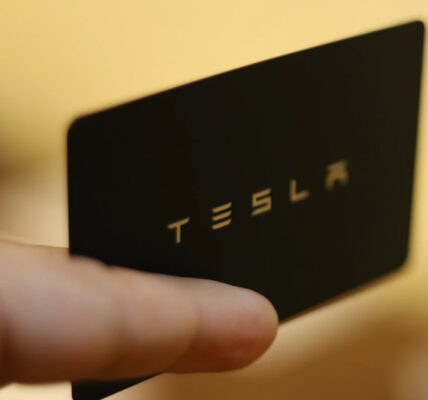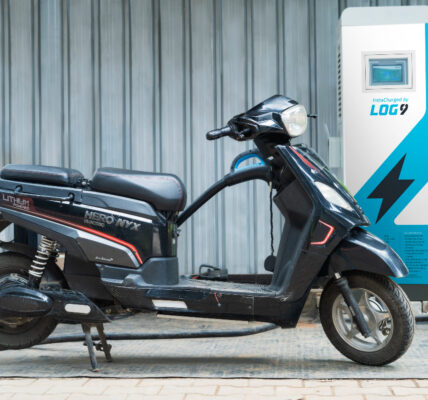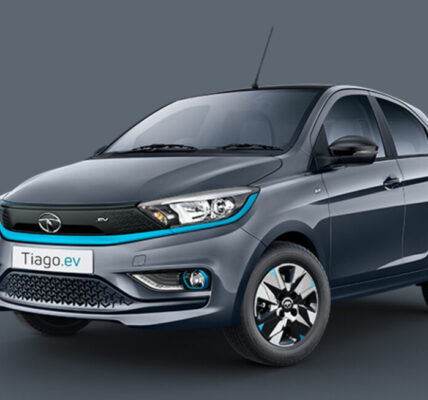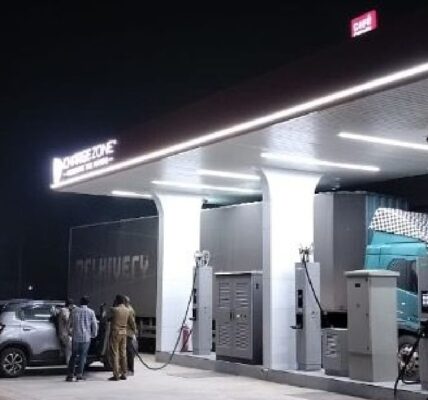Maharashtra aims for 30% EV by 2030! Confidence boosted as India ramps up production and trade
To encourage early adoption, the policy offers a range of benefits, including road tax and registration fee exemptions, interest-free loans, and direct purchase subsidies.
In fact, the country’s first 45-horsepower electric tractor was recently registered at the Thane Regional Transport Office (RTO). According to officials, this tractor can cut per-acre fuel costs from INR 1,200 to INR 1,500 to just INR 300. The state also facilitates EV financing through schemes like the Annasaheb Patil Arthik Vikas Mahamandal.
Beyond electrification, Maharashtra is taking steps to address one of the biggest urban challenges, i.e. parking, which is particularly critical for Mumbai and Pune. A comprehensive, state-wide parking policy is currently under development and expected to be implemented by next year.
Additional policy highlights include a five-year toll exemption for EVs on major expressways such as the Mumbai–Pune and Mumbai–Nagpur routes. There are plans to expand this waiver across all state highways. Maharashtra also aims to install EV charging stations every 25 kilometres along highways, and integrate charging points in housing complexes, public parking zones, and commercial establishments. The policy’s targets are segmented for different vehicle classes: 40 per cent of new two- and three-wheelers, 30 per cent of four-wheelers, 50 per cent of aggregator cabs (like Uber and Ola), and 15 per cent of private buses must be electric by 2030.
The state government estimates that the full implementation of this policy will help reduce particulate matter (PM2.5) emissions by 325 tonnes and cut greenhouse gas emissions from the transport sector by one million tonnes by the end of the decade. Taken together, these measures signal Maharashtra’s intent to become one of India’s most progressive and forward-looking states when it comes to decarbonising road transport and fostering a green economy.
“Our Chief Minister, Devendra Fadnavis, is committed to achieving a 30 per cent share of EVs in the state. To support this, the govt is offering toll waivers and purchase subsidies to encourage adoption,” Sarnaik said during the registration of what he said was possibly the country’s first (45HP) electric tractor at the Thane RTO, in the presence of RTO officer Hemangini Patil.
As for the aluminium industry, a total of 528,750 to 5,50,000 tonnes were consumed by India’s automotive manufacturing sector (including ICE and EV) in 2024.
The automotive industry’s move towards lightweighting and electrification is generating a large growth in aluminium content. Electric vehicles, in particular, add to this development, with a battery electric vehicle (BEV) built in Europe in 2022 holding an average of 283 kg of aluminium, compared to 169 kg in a petrol or diesel ICE-only car. Between 2022 and 2026, the average aluminium content of an electric vehicle is predicted to rise by 9.5 per cent to 310 kg.
Over 240 thousand electric vehicles hit Maharashtra’s roads in 2024
Maharashtra cemented its position in 2024 as the undisputed leader in India’s electric vehicle (EV) transition, registering 241,941 new EVs. That figure includes over 210,000 electric two-wheelers, nearly 15,000 electric passenger vehicles (cars and SUVs), and more than 2,200 e-buses, according to national e-Vahan and AutocarPro data.
Maharashtra’s EV adoption accounted for 12.4 per cent of India’s total EV registrations in 2024, reflecting both strong consumer demand and a robust policy ecosystem. Pune and Mumbai’s EV density is accelerating faster than the national average, buoyed by corporate fleet electrification, a booming e-commerce logistics sector, and infrastructure rollouts in Tier 1 and Tier 2 cities.
But Maharashtra’s success is only one part of a much larger story. India’s EV footprint is scaling nationwide, and the numbers tell a definitive tale.
India registered 26.2 million new vehicles in the calendar year 2024 (Jan-Dec), as per data shared by the Ministry of Heavy Industries. Of these, 1.95 million were electric vehicles, representing 7.44 per cent of total registrations, rising from 6.3 per cent in 2023.
India manufactured 1.68 million EVs in FY 2023-24
India produced 1.68 million EVs (including two-wheelers, three-wheelers, e-buses, and electric cars) in the fiscal year 2023–24, up from 1.45 lakh in FY 2020–21.
With domestic demand for EVs at 1.95 million in calendar 2024, most of what was manufactured was consumed locally. The gap between registrations and production (~270,000 units) can be explained by stock rollover from 2023, semi-knocked-down (SKD) kit assembly, and low-volume imports rather than heavy reliance on foreign vehicles.
India’s top OEMs (Ola Electric, TVS, Ather, Tata Motors, and Mahindra) now dominate the domestic EV supply. Maharashtra-based plants, including Chakan and Nashik, contribute significantly to both internal demand and external shipments.
Imports remain negligible: High duties restrict foreign EV entry
Despite the global EV boom, India’s imports of electric vehicles remain insignificant in volume. Fully built electric cars (CBUs) worth USD 230 million were imported in 2023 — up from just USD 1.55 million in 2020 — but still account for a tiny fraction of India’s total EV count.
India’s steep import duties (up to 100 per cent) have discouraged mass-scale imports. Even as Tesla and VinFast signal interest in the Indian market, policy remains focused on local value addition, not import substitution.
The new SPMEPCI scheme announced in 2024 permits limited EV imports (up to 8,000 units/year) for companies investing a minimum USD 500 million in local manufacturing, but this has yet to reflect in mass market availability.
India’s EV moment is here — but supply risks lurk
The central government’s Production Linked Incentive (PLI) scheme, FAME II subsidies, and EV-specific infra missions have helped bring down costs and bolster supply chains. However, India still depends heavily on imports of rare earth magnets and lithium-ion cell components — areas dominated by China.
New export controls by China on rare earth magnets could pose a mid-term risk to India’s EV production rhythm, particularly for high-performance motors.







